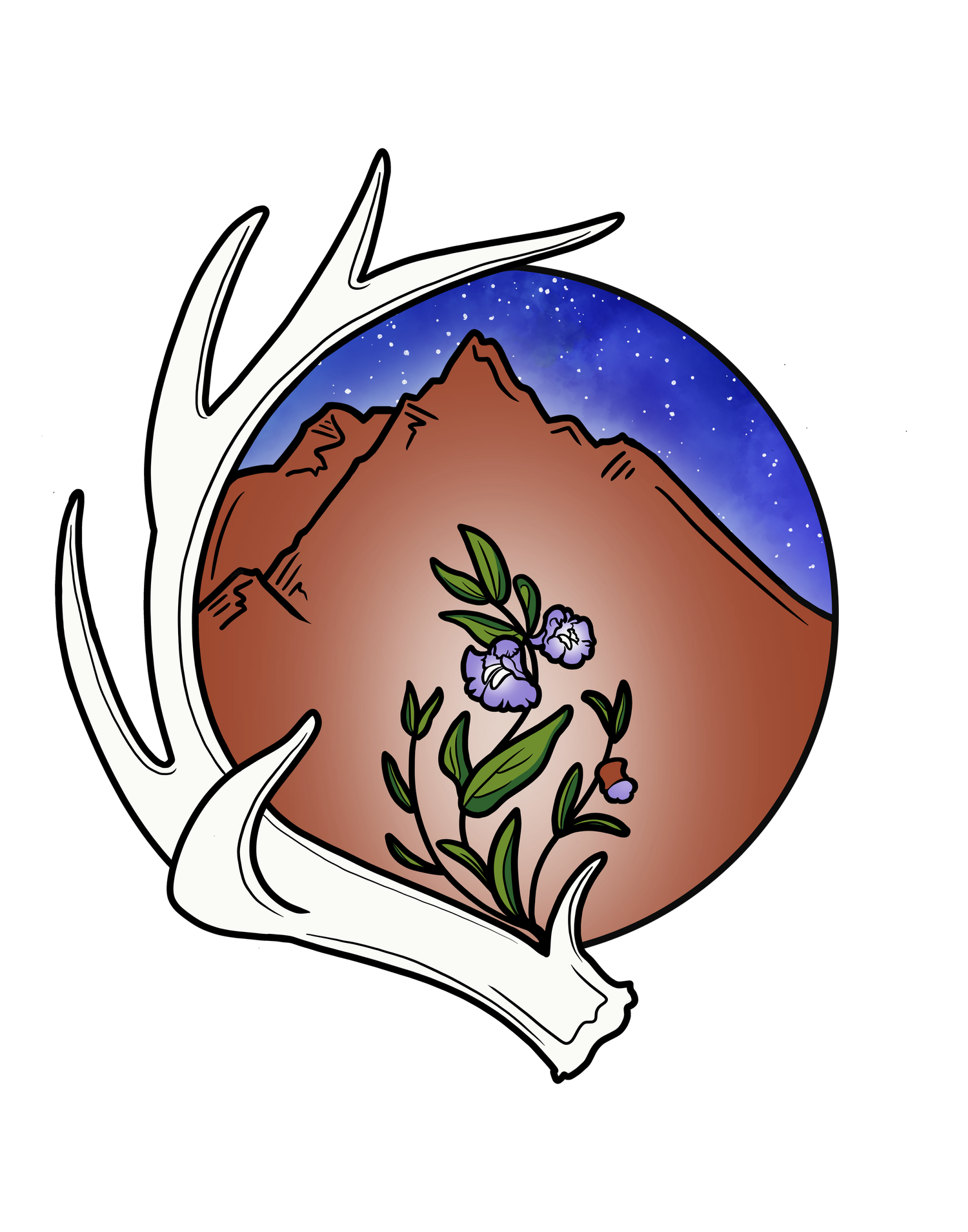Skunk Cabbage: A Whiff of Spring
Alien space pod. Harbinger of spring. Stinky. Miraculous.
These can all be applied to Symplocarpus foetidus, more commonly known as Skunk Cabbage.
All across the Eastern US, people are feeling the stirrings of spring. Sun on our faces. Birds singing merrily. And the pungent skunk cabbage, giving us a sense of hope for the new season, and eliciting the common, “Is that a skunk?” argument.
However, what smells so dreadful to us is the very thing that attracts skunk cabbage’s pollinators. The bees and other early scavenging insects, far from finding the smell distasteful, flock to it like tweens to a Justin Bieber concert.
From a botanical side, skunk cabbage is rather fascinating. It’s in the same family as Jack in the pulpits and peace lilies, which when you look closer at the flower makes quite a bit of sense.
The flower itself is actually the less showy part, usually hidden away beneath the outer covering. This inconspicuous little spike of flowers is called the spadix. While the broad leaves of Skunk Cabbage are smelly when crushed throughout the growing season, the flower is actually the main source of its early springtime odor.
The colorful hood that is often confused for the flower’s petals is actually a specialized bract, called a spathe. This is Latin for ‘broadsword’, which while sometimes accurate, strikes me as a bit dramatic and just a touch out of date as a name for a modified leaf. But I guess even botanists’ need a little excitement now and then:)
Along with its appearance and smell, Skunk Cabbage also has another rather miraculous attribute. It generates it’s own heat, so much so that it can melt the ice around it (called thermogenesis). Many times I have seen the tips of its blossoms poking through ice 2-3 inches thick, creating it’s own personal hot tub.
While some herbalists still use skunk cabbage, this is not an herb for the inexperienced. Though used as an expectorant, antispasmodic, and sedative, when taken in excess it can cause nausea, vomiting, headache and dizziness. So…yeah. Be careful with this one.
I might not recommend the beginning herbalist to go out and start scarfing this stuff down. However, it is a fantastic way to get out there and start looking at plants after a long winter, and celebrate the coming spring.
So get on those muck-boots, put on your best nose, and start exploring!
How to Learn More
Sign up for on of our Plant Walks and discover the wild edible and medicinal plants of New England.
OR
